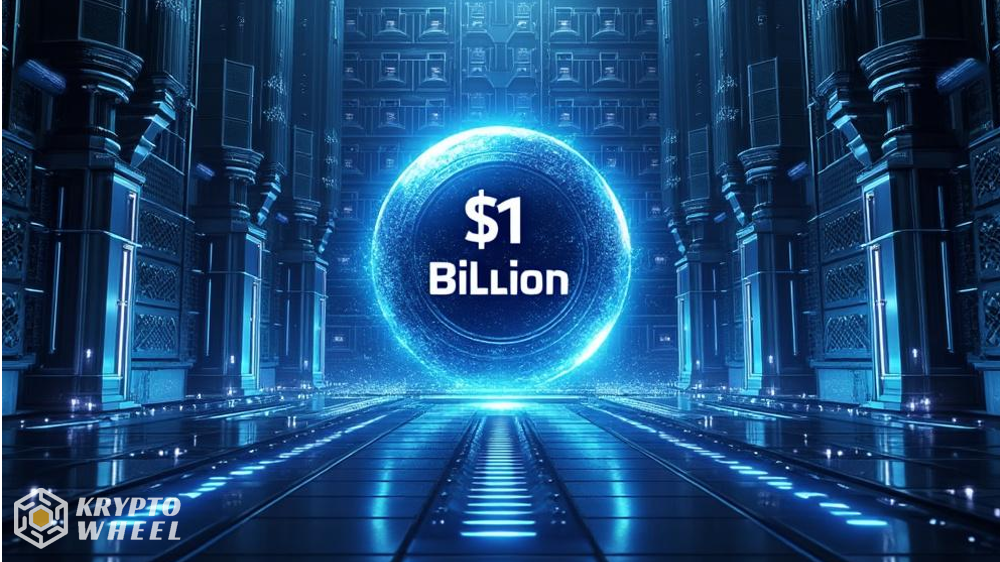The European Central Bank’s president, Christine Lagarde, is pushing for a closer look at stablecoin rules. She’s worried about gaps, especially when it comes to coins issued by teams that mix EU and non-EU entities.
Her main point is that these issuers shouldn’t really be allowed to operate in the EU unless they play by some strict rules. She wants to make sure that investors can always get their money back at full value. And that the coins are fully backed by real assets. It seems straightforward, but it’s not.
What Happens in a Crisis?
Lagarde’s prepared remarks highlighted a pretty clear risk. If there’s a run on a stablecoin, everyone will naturally rush to redeem their holdings where the rules are strongest. Probably in the EU, thanks to the MiCA framework. But here’s the problem: the reserves held inside the EU might not be enough to cover that kind of sudden demand. That could cause a real mess.
It’s a tricky situation. The rules are there to protect people, but they might accidentally concentrate the risk.
A Global Regulatory Race
This isn’t just an EU conversation. The U.S. Congress passed its own law for stablecoins back in July. That move is seen as a big win for issuers of dollar-pegged coins. And it’s got some European officials concerned.
Earlier this year, an ECB executive board member, Piero Cipollone, pointed out a potential side effect. He suggested that U.S. policies might not only pull fees and data away from Europe, but could also lead to euro deposits moving to the United States. That would, of course, strengthen the dollar’s role even more in global payments. It’s a legitimate worry for EU policymakers.
Is China Joining the Fray?
And then there’s China. Rumors popped up in August that the Chinese government was considering its own stablecoin, pegged to the renminbi. This came after what many see as a slower-than-expected rollout of their digital yuan.
Officials haven’t confirmed anything yet. But if they did move forward, it would add another major player to an increasingly crowded field. The U.S., the EU, and potentially China—all seem to be maneuvering for position in the future of digital money.
It feels like everyone is trying to figure this out at the same time. The goal is stability, but the path to getting there is still full of questions.










